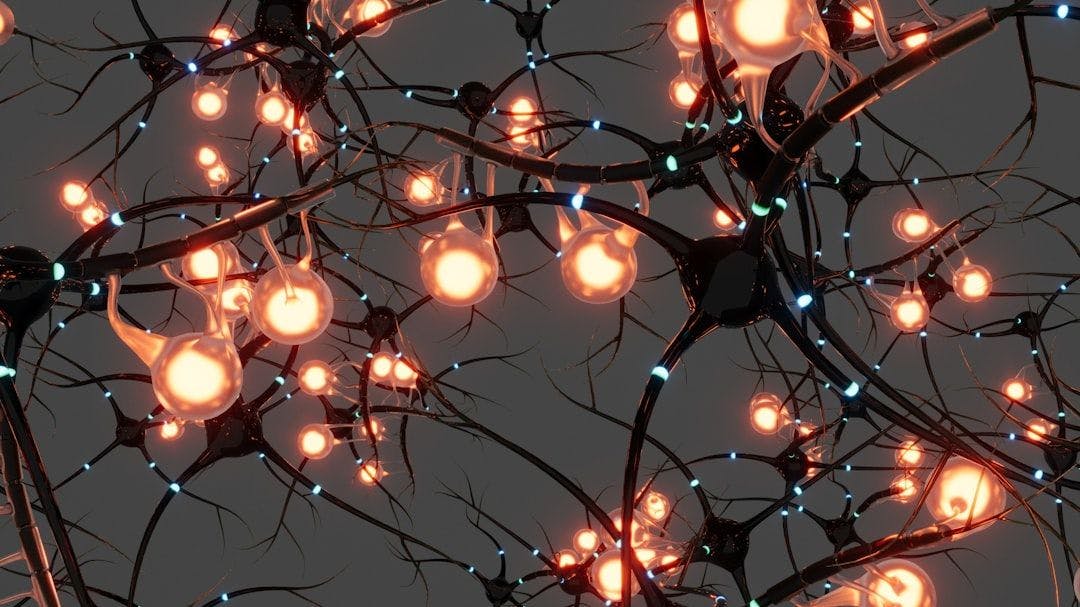Table of Links
-
Extents and ways in which AI has been inspired by understanding of the brain
-
Embodiment of conscious processing: hierarchy and parallelism of nested levels of organization
-
Evolution: from brain architecture to culture
3.1 Genetic basis and epigenetic development of the brain
3.2 AI and evolution: consequences for artificial consciousness
-
Conscious vs non-conscious processing in the brain, or res cogitans vs res extensa
-
AI consciousness and social interaction challenge rational thinking and language
Conclusion, Acknowledgments, and References
3.1 Genetic basis and epigenetic development of the brain
Human-made computers are made up serially from prewired components rigidly associated into substantially time invariant machines with identical hardware. On the other hand, the brain’s “hardware” developed in the course of Darwinian evolution from sponges to the human brain following multiple steps of selection which led to a progressively increased complexity of the architecture and thus of behavioral abilities (Kelty-Stephen et al., 2022). The selection took place along essentially different environment conditions, including physical, social and possibly cultural factors. As a consequence, new levels became nested upon former ones without necessary rational (i.e., predictable) relationships. The architecture of the brain thus recapitulates the multiple incidents of its evolutionary history, and it is not the outcome of a rational and basic human design like AI systems, which may be viewed as the end products of a human directed cultural evolution (possibly including variation and selection processes) (Mesoudi et al., 2013; Solée et al., 2013; Valverde, 2016).
Also, a consequence of the brain evolution at the genomic level is that if each novel acquisition builds upon a former one a strong conservation of the genome might take place through evolution: to illustrate, the drosophila genome is 60% homologous to that of humans, and about 75% of the genes responsible for human diseases have homologs in flies (Ugur, Chen, & Bellen, 2016). Within this context the hominization of the brain took place on the basis of a few genetic events (still mostly unidentified) without a dramatic reorganization of the genome. Yet these changes have been sufficient for the broadcasting of information among distant thalamocortical regions (i.e., the global neuronal workspace (GNW)) to arise and consciousness to acquire the specific features of the adult human brain (Changeux, Goulas, & Hilgetag, 2021; Hublin & Changeux, 2022).
To escape from the conservative genetic entanglement that frames Darwinian evolution in paleontological time-scale (million years), a new kind of much faster (days, hours) non genetic evolution developed. It takes place during postnatal development (ca 25 years in humans), where about half of the total number of synaptic connections are formed and contribute to the formation and shaping of the connectomic “hardware” of the adult human brain. The CCD theory (Changeux, Courrège, & Danchin, 1973), which formally accounts for this epigenetic evolution, relies upon the variability of developing inter-neuronal connections and selection-elimination processes, which formally resemble an evolutionary “Darwinian” process by variation-selection (Changeux & Danchin, 1976; Edelman & Mountcastle, 1978; Kasthuri & Lichtman, 2003). The development of the brain - from newborns to adults – then progresses as a multistep nested foliation resulting from successive waves of synapse outgrowth and selection. This becomes a mechanism to store a gigantic number of long-term memories resulting from the interactions between the brain and its physical, social and cultural environment in the course of postnatal development. The model accounts for a property of the human brain that has enormous social relevance (Evers, 2015) but that has largely been under-evaluated especially in neuroscience: the epigenetic variability of the adult brain’s connectivity. According to the CCD variability theorem, “different learning inputs may produce different connective organizations and neuronal functioning abilities, but the same behavioral abilities”. Thus, the neuronal connectivity code exhibits “degeneracy” (Edelman & Gally, 2001; Edelman & Mountcastle, 1978; G. Tononi, Sporns, & Edelman, 1999), that is, different code words (connection patterns) may carry the same meaning (function). Such variability together with that of the multiple diverse experiences encountered in the course of development superimposes on that created by the variability of the genome. Ultimately, the history of every human individual becomes incorporated into the hardware of the brain. This essential variability, taking place even between brains of isogenic individuals, strikingly differs from the repeatability of industrial computer hardwares, even if a limited form of variability may occur as AI systems are trained on specific tasks as well as in partly analog neuromorphic computers.
The extension of the postnatal period of development in humans has important consequences in the framework of the theory of synapse selection since it leads to the acquisition and transmission of individual experience and the genesis and internalization of culture in a social environment. The acquisition of reading and writing may be viewed as a typical example of epigenetically developed “cultural circuits” in the brain’s hardware. Comparative behavioral and brain imaging studies in illiterate vs. literate subjects reveal striking differences in brain functional connectomics (Castro-Caldas, Petersson, Reis, Stone-Elander, & Ingvar, 1998; Dehaene et al., 2010). Cultural abilities are necessarily and spontaneously learned at each generation from adults to children and epigenetically transmitted from generation to generation, starting even in the womb of the mother, until the adult stage. This spontaneous genesis of cultures does not (yet) make sense with present days computers, even if Large Language Models (LLMs) may implement similar dynamics ( https://arxiv.org/pdf/2402.11271.pdf). In fact, AI (e.g., LLMs) may be pre-trained on vast amounts of data, which may be interpreted as a form of cultural acquisition. Yet there is a crucial difference with the human cultural acquisition, which cannot be reduced to a passive reception of data, but it is a creative re-elaboration of the data received between individuals and from one generation to the other. These dynamics depend on the fact that the brain is not a passive repository of information: the same information may have a different impact on different brains or on the same brain in different times, because perception is modulated by the brain’s spontaneous activity, which is more than noise in the internal functioning of the system (see below). As a major consequence of cultural evolution, the acquisition of skills and practices associated with the symbolic experience and emotional labeling characteristic of rational thinking (science), rules of conduct (ethics), and shared feelings (art) become stably internalized epigenetically in the connectivity of the brain and become exclusive of others. Differences in cultures take place between populations with important consequences in the history of the human species. They contribute to what Bourdieu refers to as the ‘habitus’ of the subject: internalized routine modes of perception, action, and evaluation, which often last a lifetime (Changeux, 2006). This learned regularity of sensorimotor sequential patterns progressively acquired through embodied procedural dynamics is lacking in symbolic systems and in LLMs, while it is currently researched in Embodied AI/Robotics (Gupta, Savarese, Ganguli, & Fei-Fei, 2021). Furthermore, networks that learn to control a robotic agent have been designed to follow an evolutionary process of “synaptic” growth, variation and selection (Miglino, Lund, & Nolfi, 1995; Nolfi, Parisi, & Elman, 1994). Even more so, hyperparameter adaptation is standard in modern AI including changing the network structure, number and nature of layers and their feedback loops, sparsity, activation functions, receptive fields, etc. Evolutionary methods have recently become explicitly part of the repertoire of modern modeling research (Jordan, Schmidt, Senn, & Petrovici, 2021) (Jordan et al 2021).
In conclusion, despite the recent progress towards the implementation of evolutionary approaches in a number of AI technologies as summarized above, today AI still lacks an evolutionary development strictly homologous to that of the human brain.
Authors:
(1) Michele Farisco, Centre for Research Ethics and Bioethics, Department of Public Health and Caring Sciences, Uppsala University, Uppsala, Sweden and Biogem, Biology and Molecular Genetics Institute, Ariano Irpino (AV), Italy;
(2) Kathinka Evers, Centre for Research Ethics and Bioethics, Department of Public Health and Caring Sciences, Uppsala University, Uppsala, Sweden;
(3) Jean-Pierre Changeux, Neuroscience Department, Institut Pasteur and Collège de France Paris, France.
This paper is

